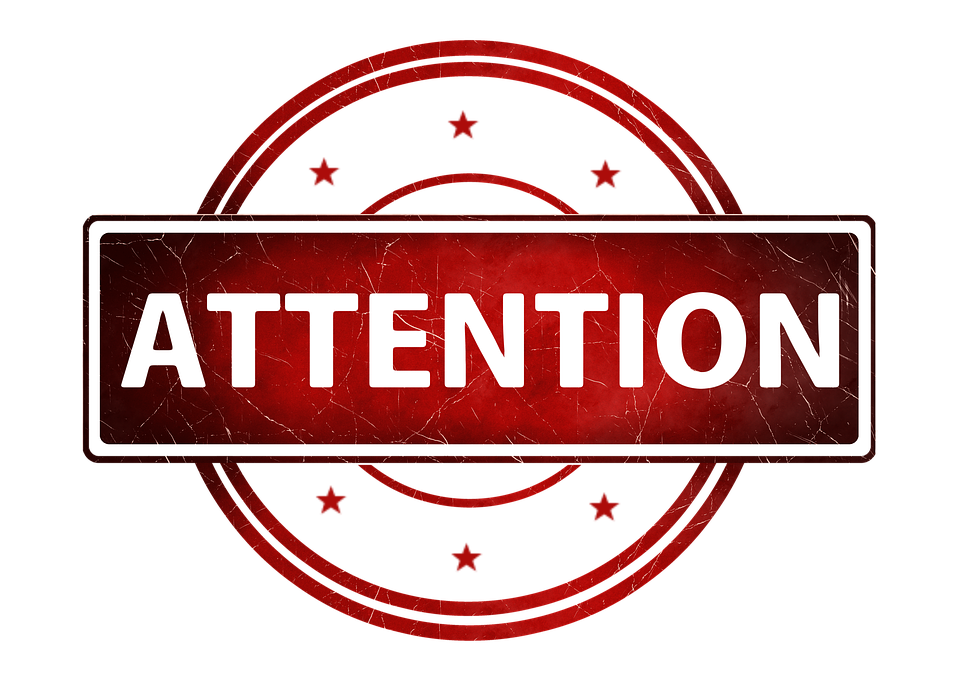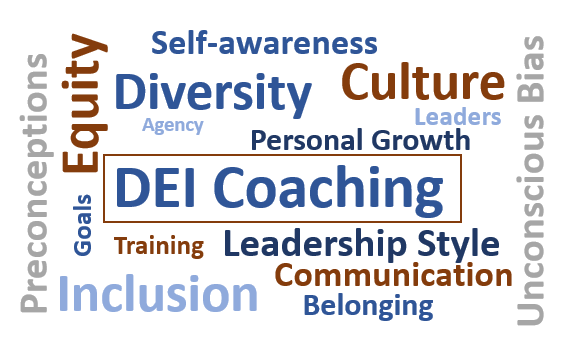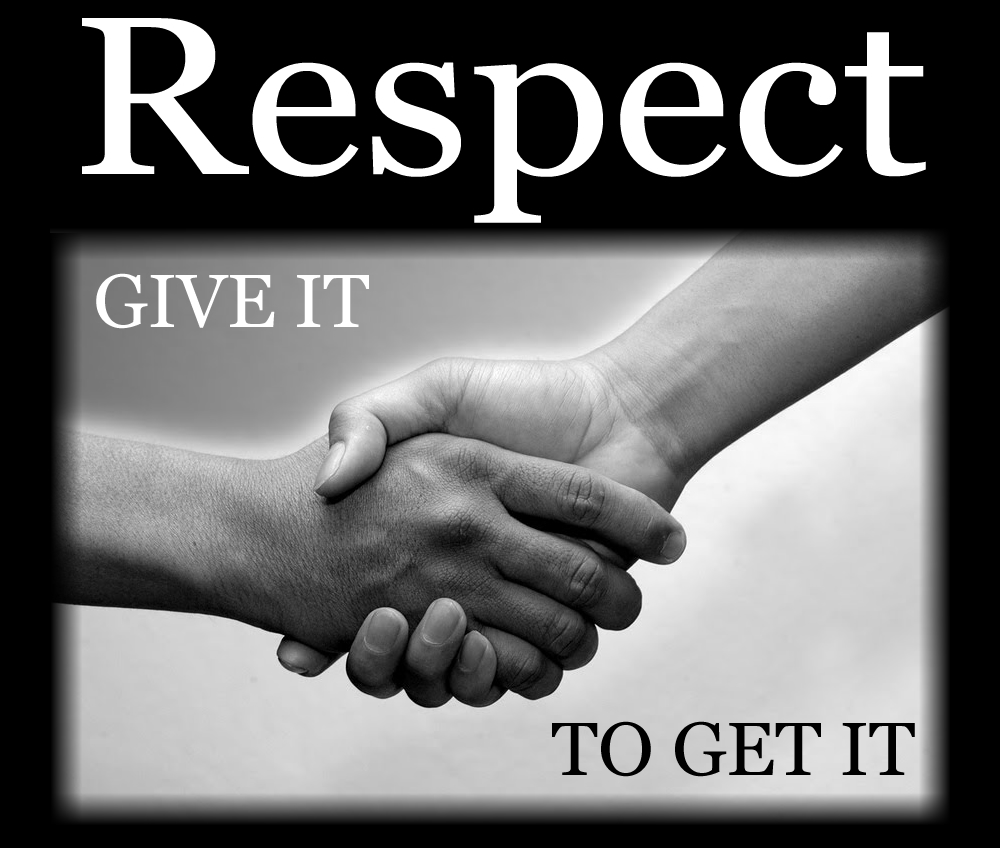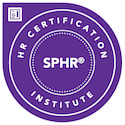It’s no secret that we are living in stressful times. Inflation, ongoing concerns about COVID, political and racial divide, anxiety around returning to the office after months of isolation…the list goes on. Sadly, some of this frustration has led to heinous acts of violence such as the tragedy in Uvalde, Texas, and the many others since then.
Everyday situations turned deadly.
This calls on us all to be more aware of our surroundings – whether at large public events or at the smaller venues where we learn, where we play, where we shop, where we worship.
And where we work.
If you see something, say something. You may prevent someone from harming others or from harming himself/herself.
Pay attention when a coworker’s behavior or demeanor suddenly changes. Check in with them. Maybe they just need someone to talk to. If you’re not comfortable doing that or they resist, consult with your manager or HR. If you see behaviors that are particularly alarming – bullying, threats (face-to-face or in writing), etc. – contact HR immediately. If you perceive that you or others are in immediate danger, call your security team or the police.
The hotline number for Workplace Violence Prevention and Response is: 1.877.987.3747.
Often, we get so busy with the multiple obligations we have – work, home, family – that we don’t notice the human interactions around us. Pay attention.
And leaders, if you are faced with or become aware of a potential harmful situation, send security or someone trained to deal with such incidents rather than putting staff members in that position.
There are a number of preventive measures that organizations can take to reduce the possibility of violent and harmful situations in the workplace. We’ll talk about those in my next article.
If you need help preparing for or dealing with employee issues, please contact me at michelle@connecttohr.com









 As leaders, we each have multiple conversations throughout our day. A one-on-one with an employee. A strategy meeting with our team. A performance issue discussion with HR. A budget update with our own leader. And so on.
As leaders, we each have multiple conversations throughout our day. A one-on-one with an employee. A strategy meeting with our team. A performance issue discussion with HR. A budget update with our own leader. And so on. need to listen more than they talk.
need to listen more than they talk.
